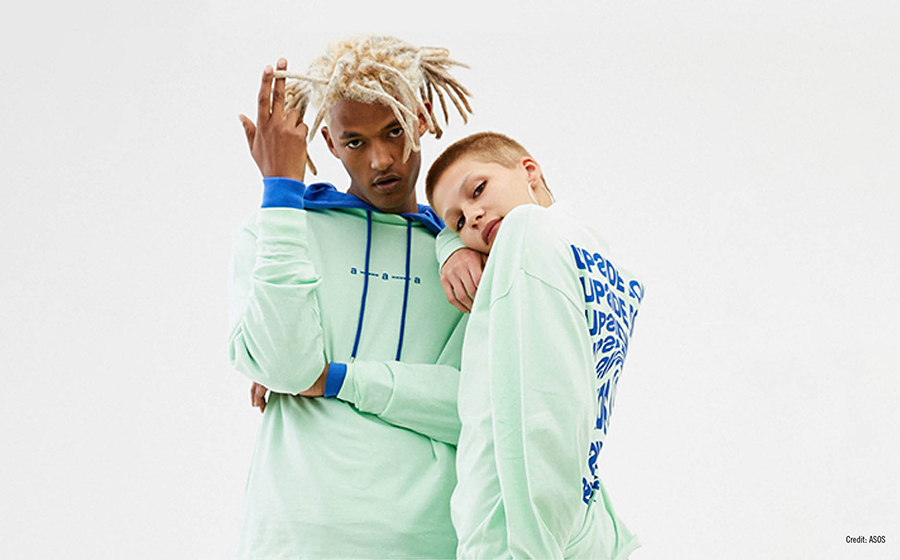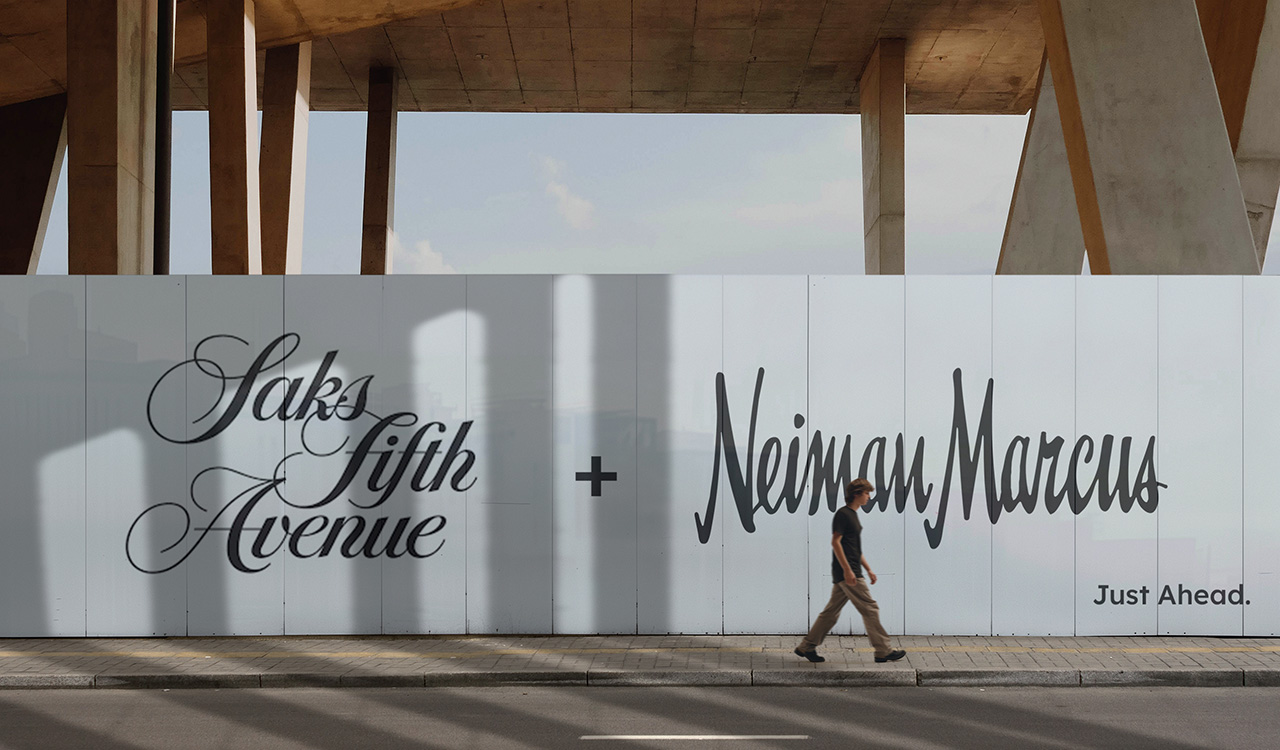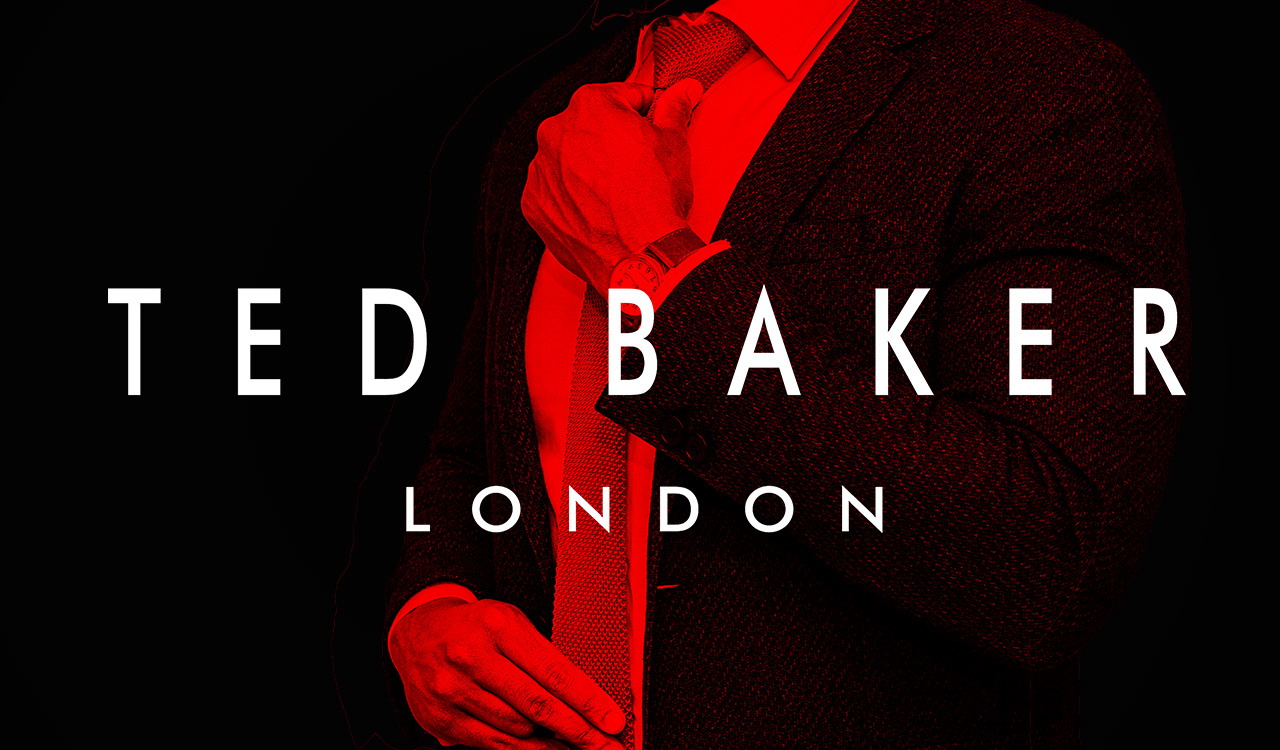The dissolution of gender norms is one of the most contentious topics in retail today. Next-gen consumers see gender as a construct. Generation Z and young millennials are calling for retailers to adjust how they produce products for men and women, and they\’re challenging time-tested gender ideals. Certain apparel and beauty retailers are already cashing in on this shift (we\’ll go into these later), while others continue to solely produce traditional gendered products. But retailers who skip out on producing gender-neutral products or ignore the call for androgynous marketing may miss out on the $143 billion in spending that millennials and Gen Z will do over the next four years. Do you recognize this movement as such a hot-button topic?
The Genderless Movement isn\’t one that retailers can afford to drag their feet on. And brands that have a young millennial and Gen Z audience need to get on board the androgynous product production track ASAP if they want to continue to win next-gen wallet share. Let\’s take a look at why Gen Z consumers are demanding androgynous products and how this is shifting the retail industry.
It\’s Time for a Perspective Shift
Like it or not, the future is gender fluid. Companies that learn to represent this fluidity in their advertising, packaging, and production are effectively showing the next generation of consumers that their brand understands who these young customers are and how they self identify. Pew Research reports that a third of Gen Z knows a non-binary person–meaning a person that doesn\’t identify with traditional \”He\” or \”She\” pronouns. So, Gen Z customers either are gender-neutral, or gender-neutral people are part of Gen Z\’s community. This results in Gen Z as a whole having a more androgynous, comfort-oriented aesthetic than prior generations.
But that\’s not all. Pew Research also found that six in 10 Gen Z consumers believe that the forms they fill out should include more gender options than the traditional \”Man\” and \”Woman\” labels, which is something that retailers should keep in mind when trying to get customers to create accounts on their website or sign up for their email list. (As a part Caucasian/part Native American woman, I\’ve been on the sign-up sheet ethnicity reform bandwagon for years. Generation Z is taking things up a notch by targeting gender inclusivity.)
Gender-neutral branding and packaging is on the rise, as next-gen consumers prefer diverse, androgynous models over Photoshopped fantasy male and female images. Retailers are packaging products in more neutral colors–the predictable pink and blue trope is falling by the wayside. Savvy brands are also choosing unretouched ads over celebrity glamour and focusing on real people\’s unfiltered stories. This means influencers will be called on to represent brands by talking about their nonbinary gender identity, their body positivity, their differently-abled-ness, etc. And in many cases, their photos will be posted/published without being Photoshopped on the backend.
Apparel Lines Evolve Towards the Genderless
Luxury retail was a first adopter of genderless clothing, with Coco Chanel\’s menswear-inspired suits in the early 20th century and Yohi Yamamoto\’s genderless fashion options in the early 80s. But next-gen consumers demand that even the most established luxury lines take big leaps and bounds towards gender neutrality. For instance, Gucci and Saint Laurent recently debuted their first coed runway shows and Dior Men launched a line of feminine, transparent tops that never would have sold 10 years ago. Men\’s skirt manufacturers and men\’s stiletto makers are infiltrating luxury houses. But it\’s not just luxury retailers that are leaving gender-based clothing limitations by the wayside.
Popular mass retailers are also finding that there are profits to be made in setting gender norms aside. Leading e-commerce player, ASOS, recently launched a unisex collection that ranked fourth in sales out of 850 lines within a week of being released. J.Crew\’s successful subsidiary, Madewell, collaborated with workwear manufacturer, Dickies, on Madewell x Dickies— a utilitarian, androgynous line for women with boxy shapes and loose silhouettes. Zara launched a small \”ungendered\” clothing line back in 2016, H&M launched a gender-neutral collection in January of 2019, and even Abercrombie rolled out a gender-neutral kids collection. Yes, Abercrombie, and it was a smart move. Progressive millennial parents don\’t want to force their kids to choose a gender identity until they can be sure it\’s their own.
Of course, we\’re only talking about how mass retailers have recently hopped aboard the gender neutrality bandwagon. Young upstarts like Rebrand, an upcycled fashion line, only make the androgynous stuff. Rebrand focuses on pants with loose silhouettes and shirts emblazoned with slogans like \”Angels Have No Gender.\” And they\’re not the only ones. Gender-neutral fashion startups like The Phluid Project for both children and adult clothing are popping up all over the worldwide web. Make no mistake, this is the way of the future.
The Beauty Industry Realizes New Opportunities
The impact of the genderless movement on the makeup industry in undeniable… and it\’s going beyond skincare. As The Robin Report has covered in Men\’s Makeup: Fad Gone Mad and CNBC reports in a survey conducted by Euromonitor, that more than 56 percent of U.S. male respondents admitted to using some sort of facial cosmetic like foundation, concealer or BB cream at least once in 2018. The men\’s personal care market as a whole is expected to grow to reach $166 billion by 2022. This is big. And the potential for cosmetics companies to expand their revenue streams by catering to young men is one that not even the most seasoned lines can ignore.
Luxury brands are listening to these numbers and expanding their makeup collections to include products for men. Chanel launched \”Boy de Chanel\” skincare and cosmetics, and Tom Ford launched his men\’s grooming line–which includes products like a brow definer (brow mascara for men), a bronzing gel, and a concealer stick– in 2013. Midmarket brands are also dialed in: Victoria\’s Secret recently hired their first transgender model, Covergirl and Maybelline enlisted male beauty influencers to represent their lines, and Loreal acquired genderless makeup startup Jecca just last year.
While men\’s makeup may be disruptive, it\’s high time to admit that its more than a fad. Anyone who says otherwise is projecting their own beliefs onto the future generations\’ cosmetics forecast and, if Gen Z has taught us anything, it\’s that they aren\’t willing to take old fashioned societal norms at face value.
Wake Up and Smell the Men\’s Corrective Concealer
The brands that have already adopted gender-neutral options are the ones to watch. There is so sign that the movement towards gender inclusivity is going backwards anytime soon and there may even come a time when not offering gender-neutral options will be seen as negative PR. Can a retailer survive without getting on board the gender-neutral bandwagon? Sure. But eventually retailers that ignore the call for more androgynous options will need to push back the birth date of their target customer. After all, the market dictates the product… and Gen Z has already told you what they what they want.




